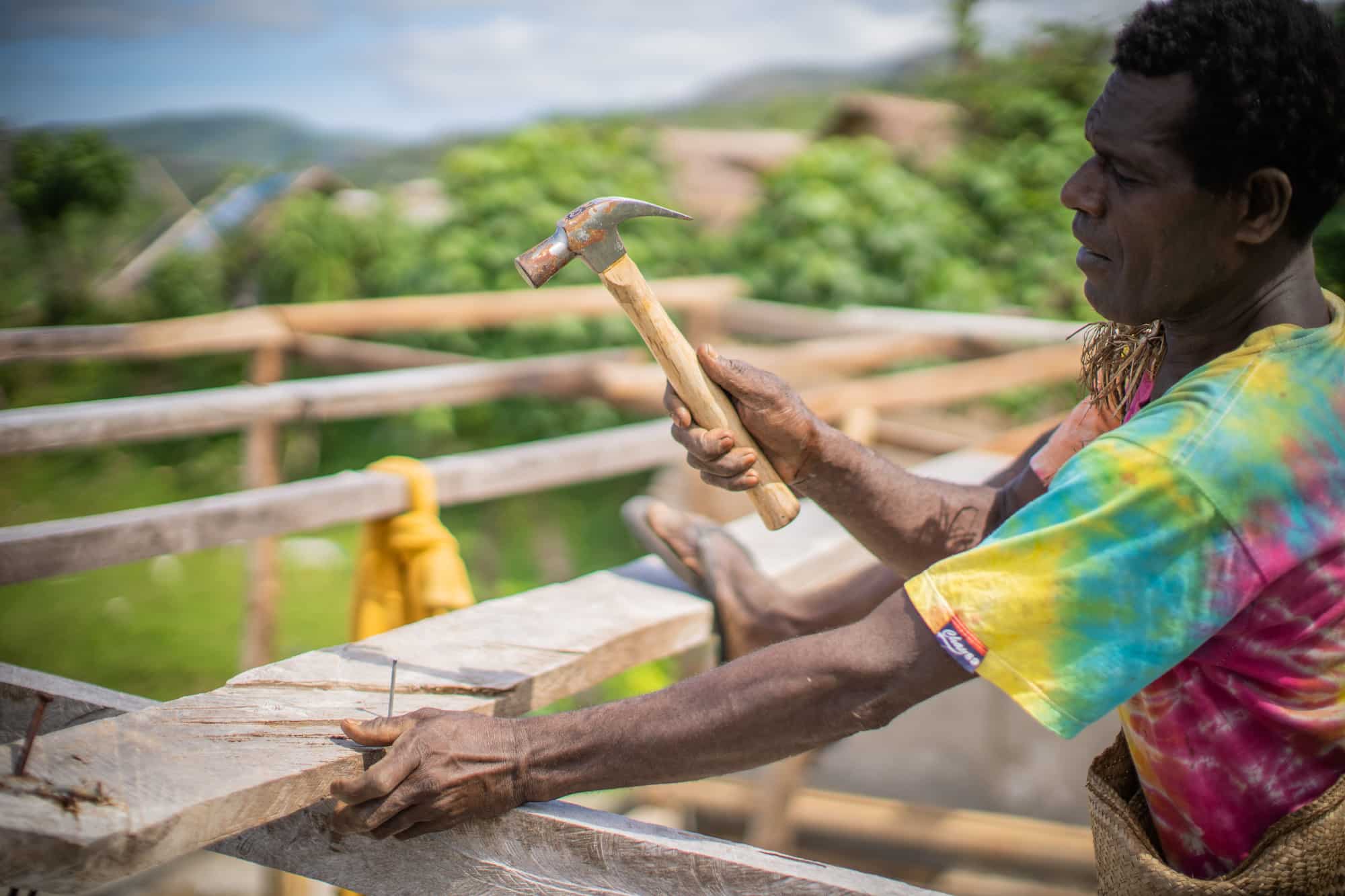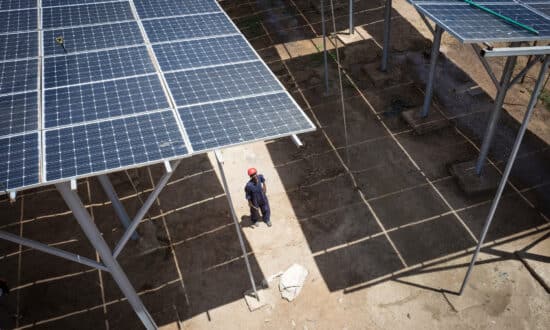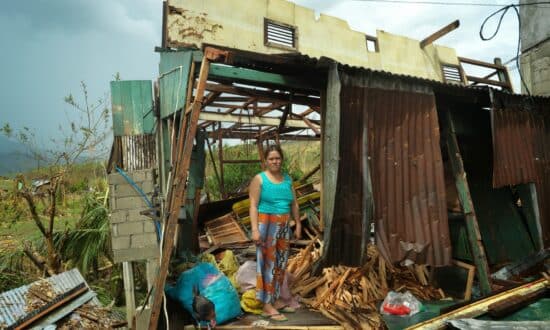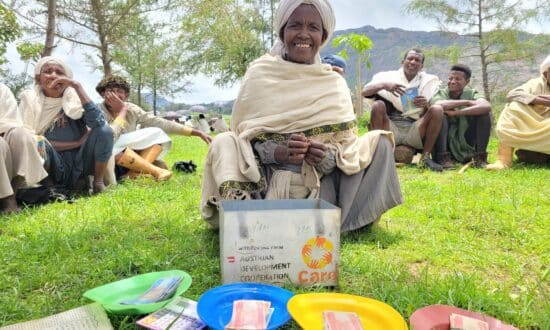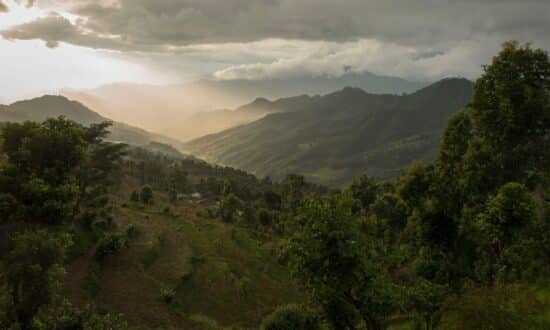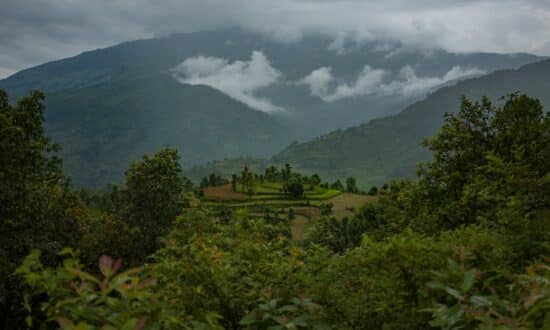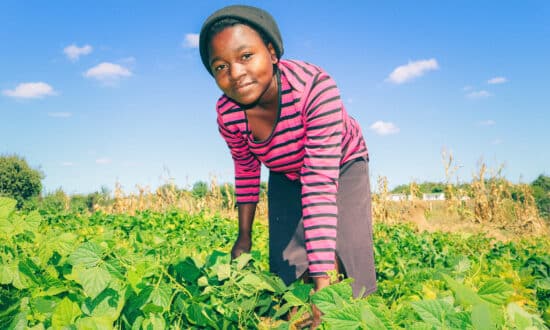A house is said to be climate-resilient when measures that help protect housing and its direct surroundings from negative climate impacts are in place.
Housing and direct surroundings mean the homestead, consisting of housing (temporary and/or permanent) and the surrounding (land and vegetation) that might affect the housing (e.g., trees for shading or that might damage the house during storms, steep hillside that might cause landslides, drainage around the house that might affect flooding of the house).
CARE promotes practices and/or measures that help protect housing and its direct surroundings from negative climate impacts such as:
- Deliberate site selection of housing, considering climate-related shocks and stresses such as landslides and storms.
- Selection of construction materials considered, including extreme temperatures such as a thatched roof instead of corrugated iron sheeting and insulation materials.
- Adaptations in construction techniques (such as typhoon-proof joints for roofs, building on stilts, ventilation, and insulation).
- Activities in the surroundings to protect housing (e.g., trim trees around houses, grow shade trees for heat reduction, drainage to avoid flooding, tree planting to limit landslide risks in mountainous areas, waste collection to facilitate water evacuation and avoid flooding).
- Protection of water wells from flooding.
- Take out home insurance to cover costs for repair or rebuilding in case of damage.
